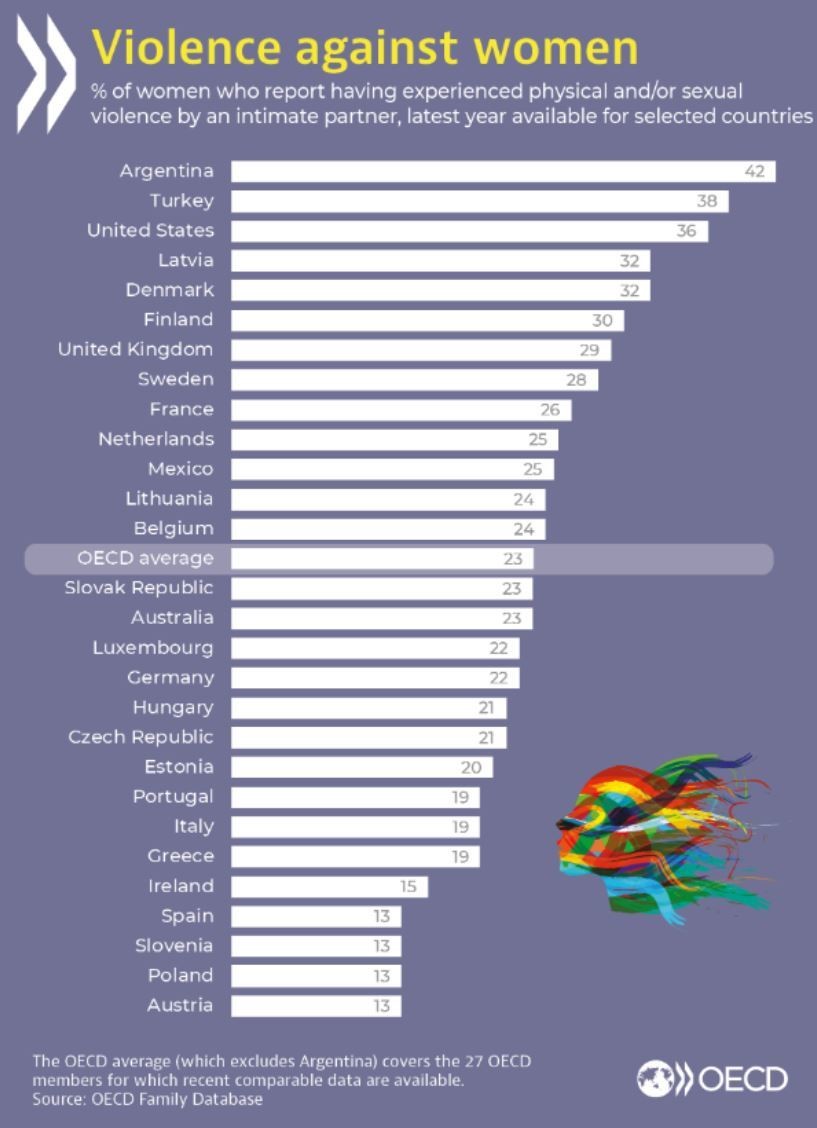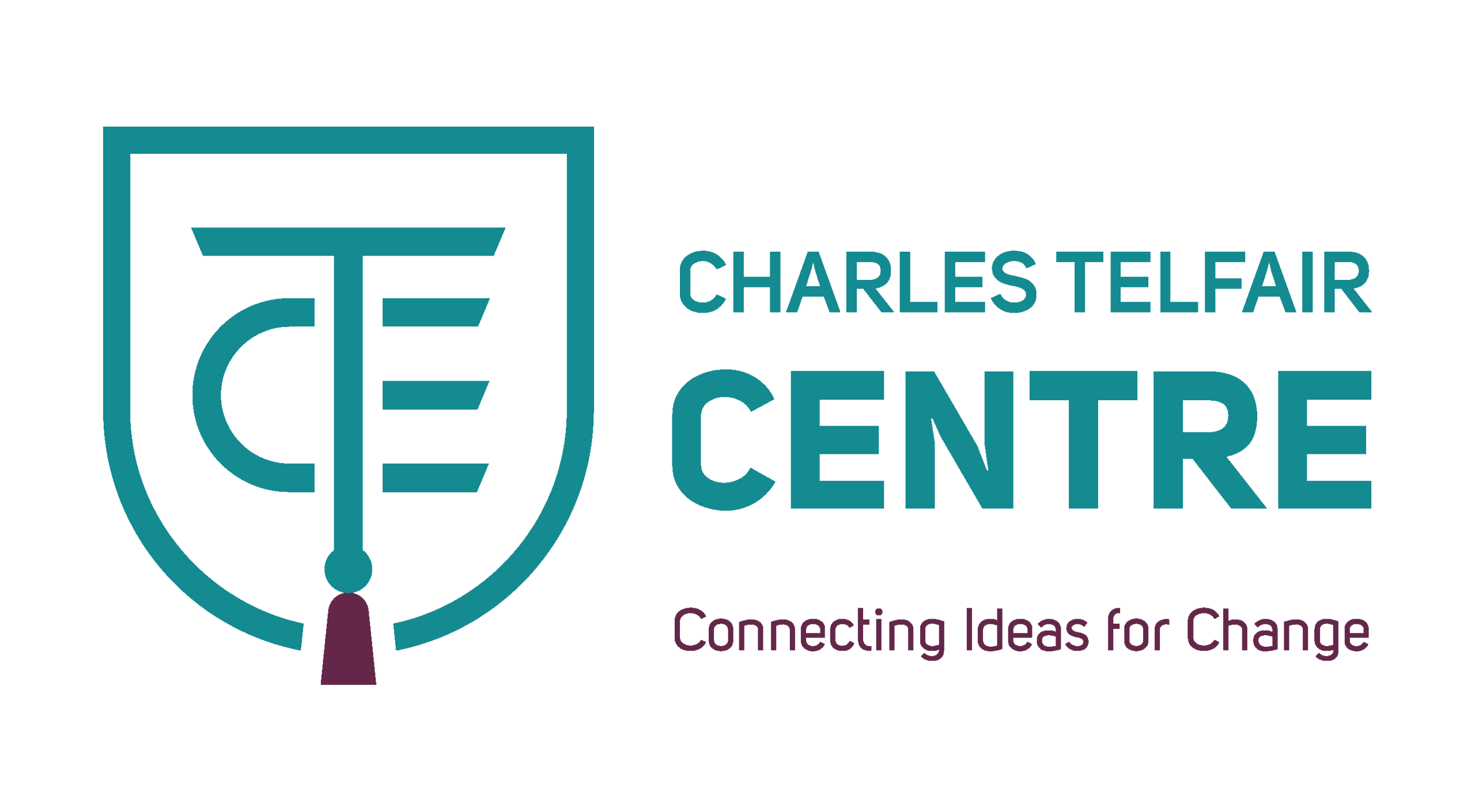Bincheng Mao, Global Shaper, New York Hub
Violence against women and girls has reached a devastating scale around the globe. A United Nations report recently revealed that one in every three women, approximately 736 million worldwide, have endured physical and psychological violence. From intimate partner violence to sexual harassment, these various forms of abuse are deeply harmful to women. And unfortunately, this situation has further deteriorated since the start of COVID-19.
Eradicating the violence against women
A close analysis of the data uncovers that violence against women starts at an early age: nearly a quarter of all girls have faced gender-based violence by the age of 19, if they’ve been in a partner relationship. Physical and sexual assaults are now a threat to female well-being to such a degree that it could be called a pandemic.
One of the defining moral challenges of our times will be to eradicate violence against women. And it is achievable.
Survivor-centric solutions are key
Civil society organizations can play a major role in connecting legal and personal safety specialists to women in at-risk communities. These communities include rural areas with persistent poverty, where survivors of gender-based violence often have no one to turn to. Sexual violence often goes unchecked as a result. We must prioritize increasing access to legal services for women both as a prevention and accountability measure. Civil society groups with relevant resources should be encouraged to engage with women survivors and their communities to reverse past neglect.

There are also regions where traditional systems of justice may victimize survivors. Here, we need specialists on the ground to help women and girls. In regions with traditional justice systems, such as Eastern Africa, the public leadership structure begins with elders in villages. Service and advocacy organizations should facilitate dialogues with respected elders about lingering stigmas and stereotypes.
Survivors of sexual assault must be humanized by illustrating to elders the traumatic first-hand experiences of these survivors. Civil society can also deliver mental health support to women survivors. Together, we must set an example that care is the right response to survivors, as opposed to marginalization. Together, we must set an example that care is the right response to survivors, as opposed to marginalization.
International organizations should collaborate with local government authorities to empower women to consider sharing their stories. Offering protection for survivors is indispensable and the international community should provide adequate material resources to lower-income regions to build gender-based abuse shelters. Promoting access to feminine care is also critical to the process of empowering women.
Educating the next generation
Teaching the next generation to stand up for women and girls must be a priority. WHO-sponsored research shows that effective early education can help prevent intimate partner violence. International institutions should provide guidance on gender equality education reform and domestic women’s rights organizations can then localize the message. Men and boys should learn from an early age how to choose respectful words and actions when addressing women. In other words, men and boys should become an active part of the prevention effort.
In addition to implementing fair and just education strategies, it is crucial to ensure the safety of women and girls getting to school. In particularly high-risk communities, school buses should have ticket inspectors to verify identities. A case study of Tanzania has shown education to be a critical pathway to ending poverty. Ensuring women’s rights to receive a high-quality education helps break down the cycle of poverty and allows women to understand their human rights.
Moral action is also smart economics
To mobilize decisive action, it is imperative to remind hesitant people of the severe economic costs of gender inequality. When humans experience physical and sexual violence, they will see their overall health decline and start to miss work. Every day abused women who miss work leads to losses in a country’s productivity and overall economic output. It is therefore in the interests of any government to step up and address violence against women.
Gender-based violence can harm anyone, but certain groups are particularly vulnerable. For instance, it disproportionately impacts women and girls living in less developed regions. UN Women has pointed out that women in those classified as “least developed countries” have been subjected to a substantially higher rate of intimate partner violence in the past year—a staggering 13% higher. This signifies that a larger portion of women in low-income regions face abuses that may limit them from contributing to local economic development, perpetuating a cycle of violence and poverty. The fight against gender-based violence will be most important in the world’s poorest areas. A global effort to eradicate violence against women is an opportunity for poor countries to accelerate economic growth and alleviate poverty.
Women’s rights are human rights, and human rights are women’s rights
Women’s rights are human rights, and human rights are women’s rights. When this principle was declared at the Fourth World Conference on Women in Beijing in 1995, people dared to imagine a more inclusive and compassionate 21st century. Now, with violence against women on the rise yet again, we need to urgently take concrete steps to advance the rights of women.
This article is republished from The World Economic Forum under a Creative Commons license. Read the original article.
Main Photo by Jason Leung on Unsplash.
Charles Telfair Centre is an independent nonpartisan not for profit organisation and does not take specific positions. All views, positions, and conclusions expressed in our publications are solely those of the author(s).

